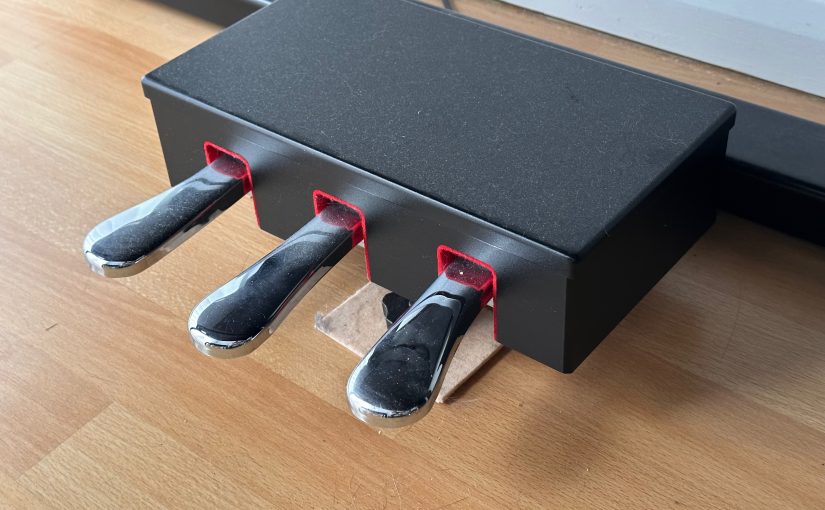“Geidō” (芸道) is a Japanese term referring to a traditional Japanese art or way, emphasizing a disciplined and lifelong pursuit of mastery. It’s not a specific, codified method solely for piano. However, we can apply the principles of Geidō to the study of the piano, creating a framework for dedicated and meaningful practice.
Here’s a breakdown of how the Geidō philosophy can inform piano mastery:
Core Principles of Geidō Applied to Piano:
* Shu-Ha-Ri (守破離):
* This is a fundamental concept in Geidō, describing the stages of learning.
* Shu (守 – Observe/Protect):
* This stage involves strictly adhering to the fundamentals, following the teacher’s instructions precisely. In piano, this means mastering basic techniques, scales, arpeggios, and musical theory.
* Emphasis is placed on correct posture, finger placement, and understanding musical notation.
* Ha (破 – Break/Digress):
* Once the fundamentals are solid, the student begins to explore and experiment, incorporating their own interpretations and variations.
* In piano, this might involve exploring different musical styles, improvising, and developing personal phrasing.
* Ri (離 – Separate/Transcend):
* In the final stage, the student transcends the established forms, achieving a unique and personal mastery.
* In piano, this represents a deep understanding of music, allowing for effortless expression and original interpretations.
* Shin-Gi-Tai (心技体):
* This principle emphasizes the importance of mental, technical, and physical development.
* Shin (心 – Mind):
* Cultivating a focused and disciplined mind is essential. This involves developing concentration, patience, and a deep appreciation for music.
* Mental practice, visualization, and mindful listening are crucial.
* Gi (技 – Technique):
* Mastering technical skills is paramount. This requires consistent and diligent practice, focusing on precision, control, and efficiency.
* Regular exercises, etudes, and challenging pieces are necessary.
* Tai (体 – Body):
* Maintaining physical health and well-being is vital for optimal performance. This includes proper posture, relaxation, and avoiding physical strain.
* Ergonomic practice habits and physical conditioning are important.
* Continuous Refinement:
* Geidō is a lifelong pursuit, emphasizing continuous improvement and self-reflection.
* In piano, this means never ceasing to learn, explore, and refine one’s skills.
Practical Applications for Piano Practice:
* Establish a Disciplined Practice Routine:
* Consistency is key. Dedicate specific time each day to practice, focusing on quality over quantity.
* Focus on Fundamentals:
* Master scales, arpeggios, and basic techniques before moving on to more complex pieces.
* Cultivate Mindfulness:
* Pay close attention to every aspect of your playing, from finger placement to musical expression.
* Seek Guidance from a Master:
* A qualified teacher can provide valuable feedback and guidance.
* Embrace the Journey:
* Focus on the process of learning and improvement, rather than solely on the end result.
* Deep Listening:
* Listening to many different styles of music, and many different pianists, so that you can broaden your musical understanding.
By incorporating these principles, you can embark on a journey of profound musical growth and mastery.





